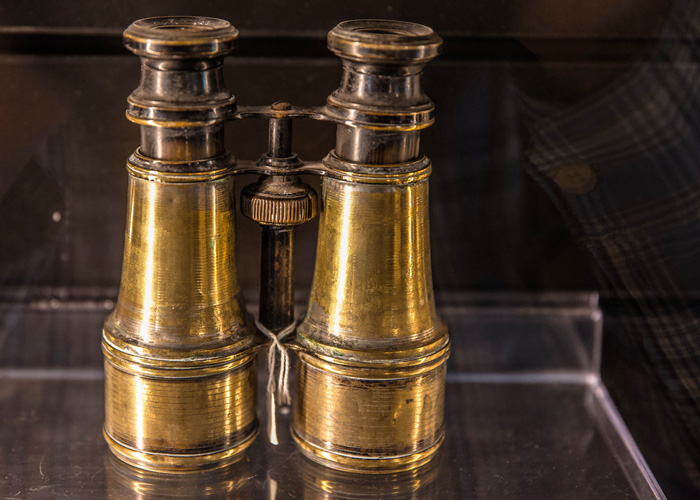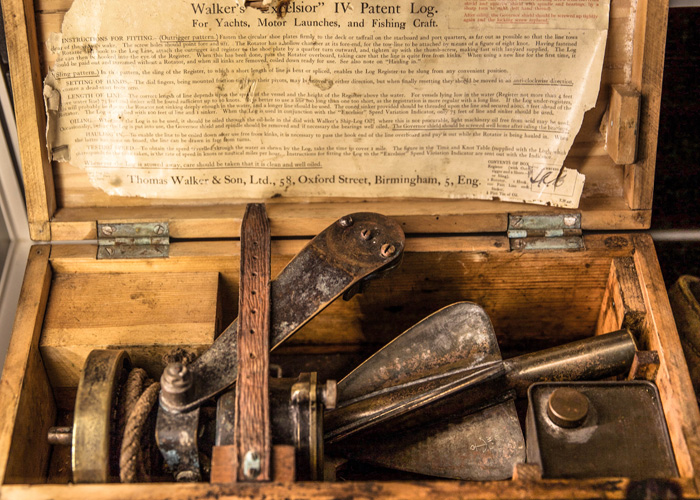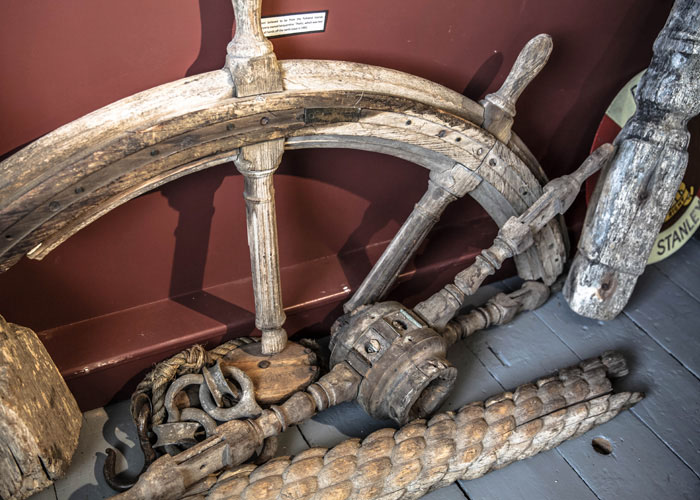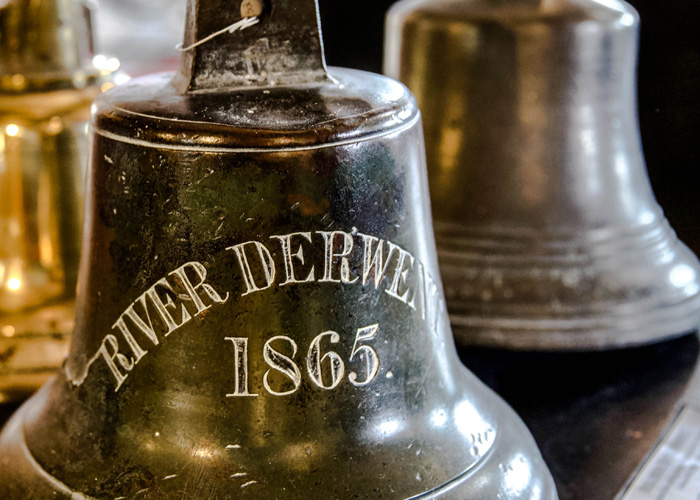Let’s skip ahead in time for a short moment: Today the oilfields near the Falkland Islands have become a highly interesting option for the world, and they could sky-rocket the few inhabitants into the Olympus of the richest nation in no time.
Between the 16th and 19th centuries however, the location of the islands was seen from a different perspective.
During the competition of the great seafaring nations for the acquisition of overseas territories they were an important stopover before circumnavigating Cape Horn on the way to the west coast of the American continent.
The large sailing ships of the "Old World“ anchored in the bays around the Falkland Islands, whether for repair or for taking up fresh water and provisions.
Today the names of Falkland Island places in different languages such as San Carlos, Port Louis or King George Bay still bore witness to visitors from many different cultures.
Did you know that the visit to the Falkland Islands in 1833 and 1834 (and later to the Galapagos Islands) inspired young Charles Darwin to his famous theory "On the origin of Species“? Although, quite frankly, he was more impressed by the geological history of the islands.
In the 19th century, the Falkland Islands were a stopover for gold diggers and emigrants to the country where "milk and honey flows“: California.
As one of the last ports before Antarctica, the Falkland Islands also served as an anchorage for countless whaling fleets.
The "rough“ mixture of gauchos and the crews of the whalers surely must have been a bit daunting for locals and civilians.
This changed a lot when sheep breeder families from England and Scotland settled on the islands from the mid-19th century.
In May 1916, Ernest Shackleton tried to get help in Stanley on the Falkland Islands to rescue his men, who after the destruction of their expedition ship were trapped on Elephant Island. After several failed attempts and a navigational masterstroke unheard of he was finally successful in Chile. So this Antarctic expedition had a happy ending.
Today there are no large sailing ships or warships in the bays of the Falkland Islands. They were replaced by the many cruise ships and their passengers who, as "day trippers", visit the islands on their way to Antarctica as a short stopover to buy stamps and visit the penguin colonies.
Still the Falkland Islands serve as a "short break“ before entering the perennial ice, but today no one has to live in fear as to what happens when the journey continues…






